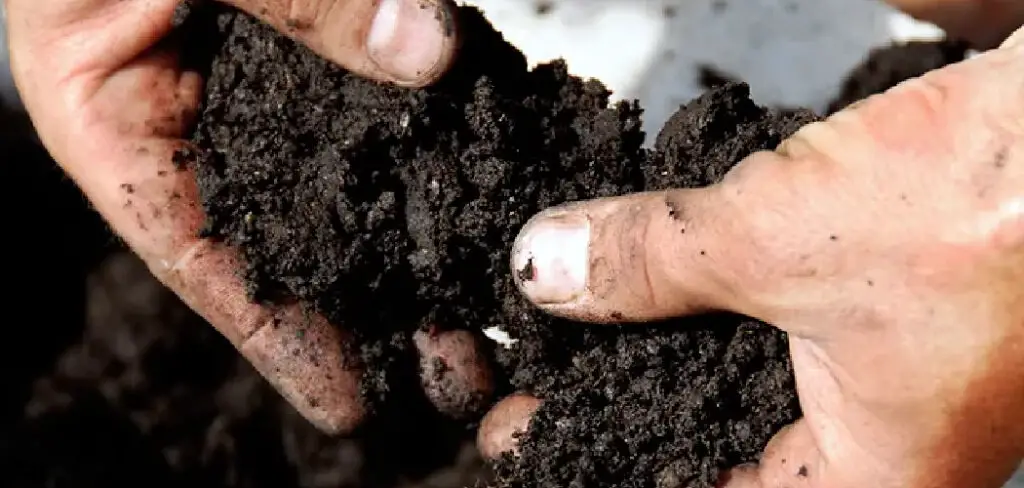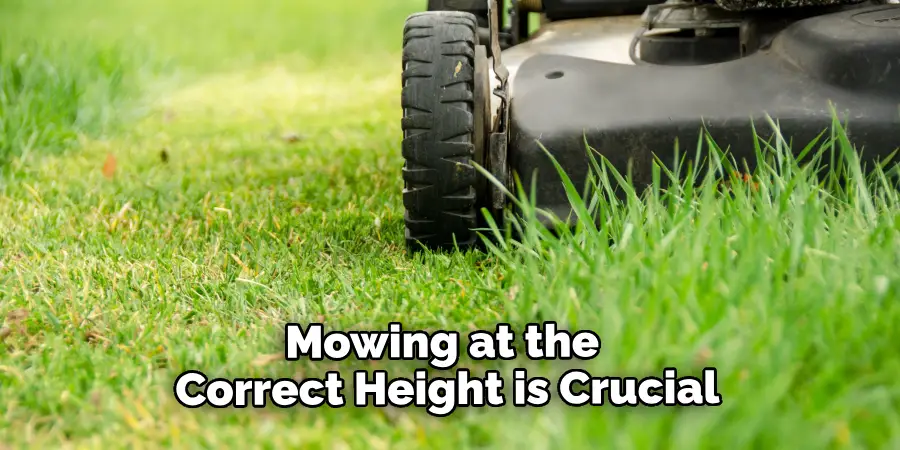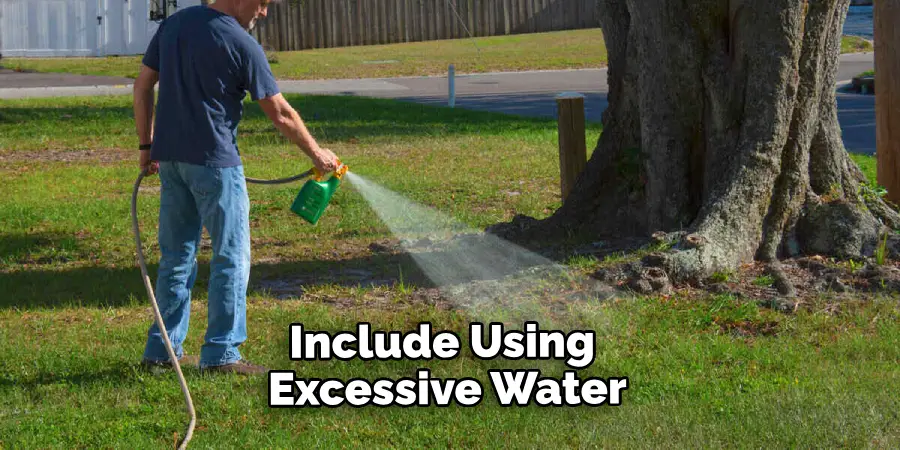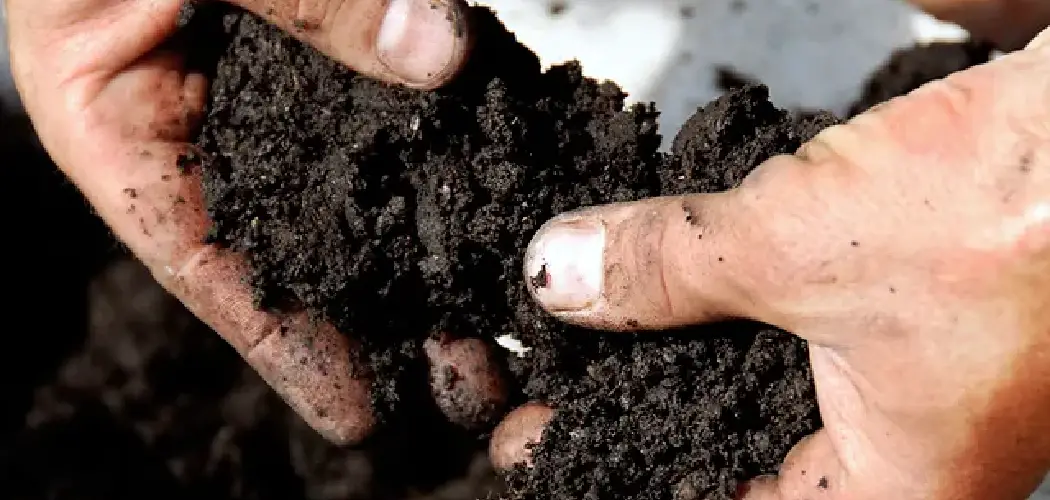A lush green lawn is the dream of every homeowner. However, sometimes, in our quest to achieve the perfect lawn, we overdo things and end up harming it. One of the most common mistakes that homeowners make is over-fertilizing their lawns. Over-fertilization can lead to a range of problems, such as yellow or brown patches, stunted growth, and even death of the grass. Fortunately, there are ways to fix an over fertilized lawn, and in this blog post, we will discuss some of the most effective methods for how to fix an over fertilized lawn.

Can You Fix an Over Fertilized Lawn?
If your once-lush lawn has turned into a patchy, brown mess, you may have over fertilized it. While it may be disheartening to see your hard work result in an unhealthy lawn, the good news is that an over fertilized lawn can often be fixed. The first step is to assess the damage and determine how much fertilizer was used. From there, you can take measures such as watering deeply to flush excess nutrients out of the soil, mowing the lawn at a higher setting to allow the grass to recover, and providing sufficient nutrients in the future without overdoing it. With a little patience and TLC, your lawn can once again become the envy of the neighborhood.
Why Should You Fix an Over Fertilized Lawn?
An over fertilized lawn can lead to more problems than just unsightly brown patches. While it may seem like giving your grass extra nutrients will lead to a lush, green lawn, too much fertilizer can harm the roots and prevent water absorption. This can lead to increased insect and disease problems and a higher susceptibility to drought. Excess fertilizer can leach into nearby water sources and harm aquatic ecosystems. By fixing an over fertilized lawn, you can not only improve the health and appearance of your lawn but also contribute to the overall health of the environment.
7 Methods to Follow on How to Fix an Over Fertilized Lawn
Method 1: Remove the Excess Fertilizer
The first step in fixing an over fertilized lawn is removing excess fertilizer from the soil. This can be done by watering the lawn thoroughly to flush out the excess fertilizer. You can use a sprinkler or a hose to water the lawn for at least an hour. This will help dilute the fertilizer and wash it away from the grassroots. However, do not over-water the lawn, as it can lead to other problems like fungus and root rot.

Method 2: Aerate the Soil
After removing the excess fertilizer, the next step is to aerate the soil. Aeration is creating small holes in the soil to allow air, water, and nutrients to penetrate deep into the soil. This can be done by using an aerator or a pitchfork to poke holes in the soil. Aeration will help the lawn recover from over-fertilization by allowing it to absorb more nutrients and water.
Method 3: Add Compost
Once you have removed the excess fertilizer and aerated the soil, the next step is to add compost to the lawn. Compost is a natural fertilizer that will help the grass recover from the damage caused by over-fertilization. You can spread a thin layer of compost over the lawn using a rake and then water it in. Compost will help improve the soil structure, retain moisture, and provide essential nutrients to the grass.
Method 4: Test the Soil pH
Over-fertilization can also lead to changes in the pH of the soil, which can affect the health of the grass. Therefore, testing the soil pH after fixing an over-fertilized lawn is essential. You can use a soil testing kit to check the pH of the soil. If the pH is too high or too low, you can add lime or sulfur to adjust it. Ideally, the soil pH should be around 6.5 to 7.0 for healthy grass growth.
Method 5: Mow at the Right Height
Mowing your lawn at the correct height is crucial, especially after fixing an over-fertilized lawn. Make sure to set your mower blades to the recommended cutting height for your type of grass. Mowing too low can stress the already damaged grass and make it more susceptible to diseases and weed infestations. It’s recommended to mow no more than one-third of the grass blade at a time.

Method 6: Water Properly
Proper watering is vital for a healthy lawn, especially after fixing an over-fertilized lawn. Water deeply and infrequently to encourage deep root growth and allow the soil to dry out between waterings. This will prevent the grass from becoming dependent on frequent watering and make it more resilient to drought conditions. Avoid watering in the evening, as this can lead to fungal growth.
Method 7: Be Patient
Fixing an over-fertilized lawn takes time, and patience’s essential throughout the process. It may take a few weeks for your lawn to recover completely. During this time, avoid fertilizing the lawn and limit foot traffic to allow the grass to grow back and become healthy again. With proper care and maintenance, your lawn will soon be lush, green, and free of fertilizer damage. So, follow these methods diligently to fix an over-fertilized lawn and prevent it from happening. Remember that prevention is always better than cure.
Some Considerations Things When You Need to Fix an Over Fertilized Lawn
Maintaining a lush and healthy lawn is essential to any homeowner. However, sometimes, things can go wrong, and your lawn becomes over-fertilized.

The result is a patchy and discolored lawn that looks far from inviting. When faced with such a predicament, there are several things that you can do to fix the problem. First, you need to assess the extent of the damage and identify which areas are affected. Once you have done that, you must stop fertilizing your lawn and avoid mowing it too short. You can then water the affected areas deeply to flush out the excess fertilizer. However, if the damage is too severe, you may need to reseal your lawn or consider hiring a professional to help you out. Follow these considerations, and your lawn will be back to its vibrant and healthy state in no time.
5 Benefits of Fix an Over Fertilized Lawn
1. Improved Soil Health
One of the main benefits of fixing an over fertilized lawn is improved soil health. Fertilizer can be beneficial to a lawn if it is applied in moderation. However, too much fertilizer can lead to nutrient imbalances and other soil problems. By fixing an over fertilized lawn, you will be able to restore the balance of nutrients in your soil, which will help promote healthy turf growth.
2. Reduced Risk of Disease
Another benefit of fixing an over fertilized lawn is reducing the risk of turf diseases. Excessive amounts of fertilizer can create conditions ideal for disease-causing organisms such as fungi and bacteria to thrive in. By reducing the amount of fertilizer in your lawn, you can reduce the risk of these organisms from taking hold and causing damage to your turf.
3. More Sustainable Lawn Care Practices
Fixing an over fertilized lawn also encourages more sustainable lawn care practices. When you reduce the amount of fertilizer you use on your lawn, you are helping protect the environment and saving money on your monthly bills. Additionally, by using less fertilizer, you are helping to reduce water pollution, as excessive amounts of fertilizer can run off into nearby bodies of water and cause algal blooms or other water quality issues.

4. Improved Plant Growth
Fixing an over fertilized lawn can also help improve plant growth, as too much fertilizer can inhibit plant growth rather than promote it. By reducing the amount of fertilizer in your soil, you can provide optimal conditions for plants to grow and thrive without worrying about damaging them with too much fertilizer.
5. Better Aesthetics
Finally, fixing an over fertilized lawn helps improve its aesthetics by restoring its natural color and texture. Too much fertilizer can cause a yellow or brown discoloration in the grass due to nutrient deficiencies or excesses caused by improper application rates or timing. By reducing the amount of fertilizer used on your lawn, you will be able to maintain its natural green color while still providing adequate nutrition for healthy turf growth
Some Common Mistakes People Make When Trying to Fix an Over Fertilized Lawn
Maintaining a lush, green lawn takes time, commitment, and the right balance of nutrients. Unfortunately, things don’t always go as planned, and sometimes, your best effort to keep your lawn looking healthy can backfire. If you realize your lawn has been over-fertilized, it’s essential to take action before it’s too late. However, fixing this mistake can be tricky and requires careful consideration to avoid causing further damage. Common mistakes people make when fixing over-fertilized lawns include using excessive water, applying more fertilizer, and soil aeration without proper preparation. Understanding how to correctly address an over-fertilized lawn can prevent it from becoming a total disaster.

How Can You Prevent Over-Fertilization of Your Lawn in The Future?
A lush green lawn is a picturesque sight, but it can quickly become an unhealthy patch if it’s over-fertilized. The excess nutrients in the fertilizers can seep into the groundwater, harming other plants and wildlife. Moreover, over-fertilization can lead to the buildup of synthetic chemicals in your soil. To prevent over-fertilization, test your soil’s nutrient levels before applying any fertilizer.
Invest in slow-release organic fertilizers, which release nutrients gradually. Mow your lawn frequently and leave the grass clippings on the lawn so they act as a natural fertilizer. And finally, water your lawn only when necessary – too much water can flush out the nutrients that your lawn needs. These steps will save you money and time and make your lawn healthy and vibrant.
Conclusion
Fixing an over fertilized lawn may initially seem daunting, but it’s not impossible. By following the tips mentioned in this blog post, you can help your lawn recover from the damage caused by over-fertilization. Remember to remove the excess fertilizer, aerate the soil, add compost, test the soil pH, and maintain the lawn properly. With a little care and effort, you can have a beautiful and healthy lawn that will be the envy of your neighborhood. Thanks for reading our post about how to fix an over fertilized lawn.
About
Outdoor Fixes is a distinguished figure in the world of Diy design, with a decade of expertise creating innovative and sustainable Diy solutions.
His professional focus lies in merging traditional craftsmanship with modern manufacturing techniques,
fostering designs that are both practical and environmentally conscious. As the author of diy,
outdoorfixes delves into the art and science of outdoorfixes-making, inspiring artisans and industry professionals alike.
Education RMIT University
(Melbourne, Australia) Associate Degree in Design (Outdoor Fixes) Focus on sustainable design, industry-driven projects,
and practical craftsmanship. Gained hands-on experience with traditional and digital manufacturing tools, such as CAD and CNC software.
Nottingham Trent University
(United Kingdom) Bachelor’s in outdoorfixes.com and Product Design (Honors) Specialized in product design with a focus on blending creativity with production
techniques. Participated in industry projects, working with companies like John Lewis and Vitsoe to gain real-world insights.
Publications and Impact
In diy, Outdoor Fixes his insights on indoor design processes, materials, and strategies for efficient production.
His writing bridges the gap between artisan knowledge and modern industry needs, making it a must-read for both budding designers and seasoned professionals.

